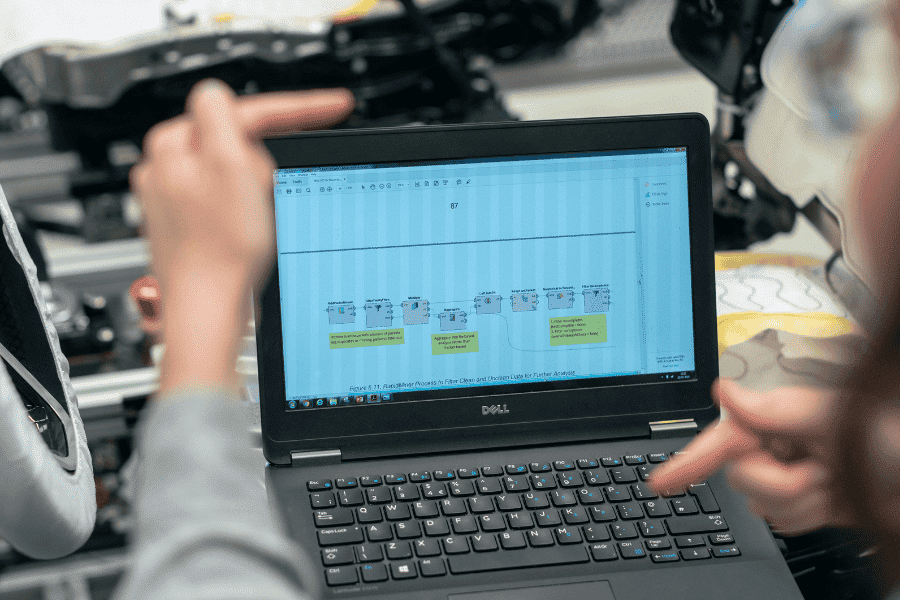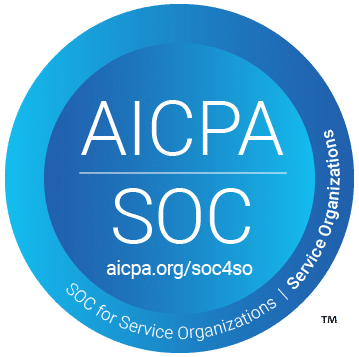Related Resources
In today’s fast-paced business environment, workforce planning is more complex than ever. Companies must balance fluctuating market demands, evolving skill requirements, and employee retention challenges while ensuring operational efficiency. Traditional workforce planning methods – often reliant on historical data and gut instincts – can no longer keep up with these dynamic needs. This is where predictive analytics comes in.
By leveraging advanced data models, AI-driven insights, and real-time analytics, organizations can forecast workforce needs, optimize resource allocation, and enhance talent management strategies. In this article, we’ll explore how predictive analytics is transforming workforce planning and why businesses should embrace it.
What Is Predictive Analytics in Workforce Planning?
Predictive analytics uses historical workforce data, statistical algorithms, and machine learning techniques to anticipate future talent needs, employee turnover, productivity trends, and skills gaps. By integrating data from various sources – such as HR systems, performance reviews, industry benchmarks, and external labor market trends – organizations can make data-driven workforce decisions rather than relying on guesswork.
Some common applications of predictive analytics in workforce planning include:
- Forecasting hiring needs to ensure the right talent is available at the right time.
- Predicting attrition rates to proactively address employee turnover risks.
- Optimizing workforce distribution by identifying skill gaps and training needs.
- Enhancing productivity by aligning employee schedules with business demands.
- Reducing recruitment costs by anticipating hiring surges and talent shortages.
Key Benefits of Predictive Workforce Planning
1. Proactive Talent Management
Rather than reacting to sudden workforce shortages or unexpected resignations, predictive analytics enables HR teams to anticipate hiring needs well in advance. This allows companies to develop talent pipelines, invest in reskilling programs, and fill critical roles without disruptions.
2. Improved Employee Retention
Predictive models analyze historical employee data to identify patterns leading to turnover, such as disengagement, lack of career progression, or work-life balance issues. Armed with these insights, HR teams can implement targeted retention strategies – from mentorship programs to tailored compensation adjustments – to keep employees engaged.
3. Optimized Workforce Allocation
Many industries, such as manufacturing, retail, and financial services, experience seasonal fluctuations in demand. Predictive analytics helps companies adjust staffing levels dynamically to match demand, reducing both overstaffing (which increases labor costs) and understaffing (which affects customer service and productivity).
4. Cost Savings and Increased Efficiency
By forecasting future workforce needs, companies can streamline hiring, reduce overtime expenses, and minimize operational inefficiencies. Data-driven workforce planning prevents unnecessary recruitment efforts and ensures that the right employees are placed in the right roles.
5. Enhancing Diversity, Equity, and Inclusion (DEI) Initiatives
AI-powered predictive analytics can help organizations identify biases in hiring, promotion, and retention processes by analyzing demographic data and trends. This allows HR teams to design more inclusive workforce strategies that foster a diverse and equitable work environment.
How to Implement Predictive Analytics in Workforce Planning
1. Collect and Integrate Workforce Data
Start by gathering comprehensive HR data from multiple sources:
- HRIS & Payroll Systems (employee tenure, compensation, promotion history)
- Performance Reviews (productivity scores, engagement surveys)
- Market Trends (industry hiring benchmarks, skills demand)
2. Apply AI-Driven Predictive Models
Leverage machine learning algorithms to detect trends, forecast hiring needs, and predict attrition risks. Modern workforce analytics platforms provide real-time dashboards and scenario modeling to guide decision-making.
3. Develop Data-Driven Workforce Strategies
Based on predictive insights, HR teams can:
- Adjust hiring plans based on anticipated talent shortages.
- Launch retention programs targeting at-risk employees.
- Reskill and upskill employees to meet future business needs.
4. Continuously Monitor and Refine Models
Predictive analytics is not a one-time solution – it requires continuous monitoring and updates to adapt to shifting market dynamics, company growth, and evolving workforce priorities.
Industries Benefiting from Predictive Workforce Planning
- Financial Services – Forecasting workforce demand based on economic trends and regulatory changes.
- Retail – Optimizing seasonal hiring and staff distribution in peak sales periods.
- Manufacturing – Predicting labor shortages and automating workforce scheduling.
- Technology – Identifying high-demand skills and ensuring workforce agility.
- Telecommunications – Aligning workforce capacity with infrastructure expansion needs.
Final Thoughts
As organizations navigate an increasingly data-driven world, predictive analytics is becoming a critical tool for strategic workforce planning. Companies that embrace AI-powered workforce insights can stay ahead of talent challenges, optimize operational efficiency, and drive long-term business success.
Ready to Elevate Your Workforce Strategy with AI?
At Bronson AI, we help organizations leverage predictive analytics to transform HR and talent management. Contact us today to explore how our advanced analytics capabilities can future-proof your workforce planning.




